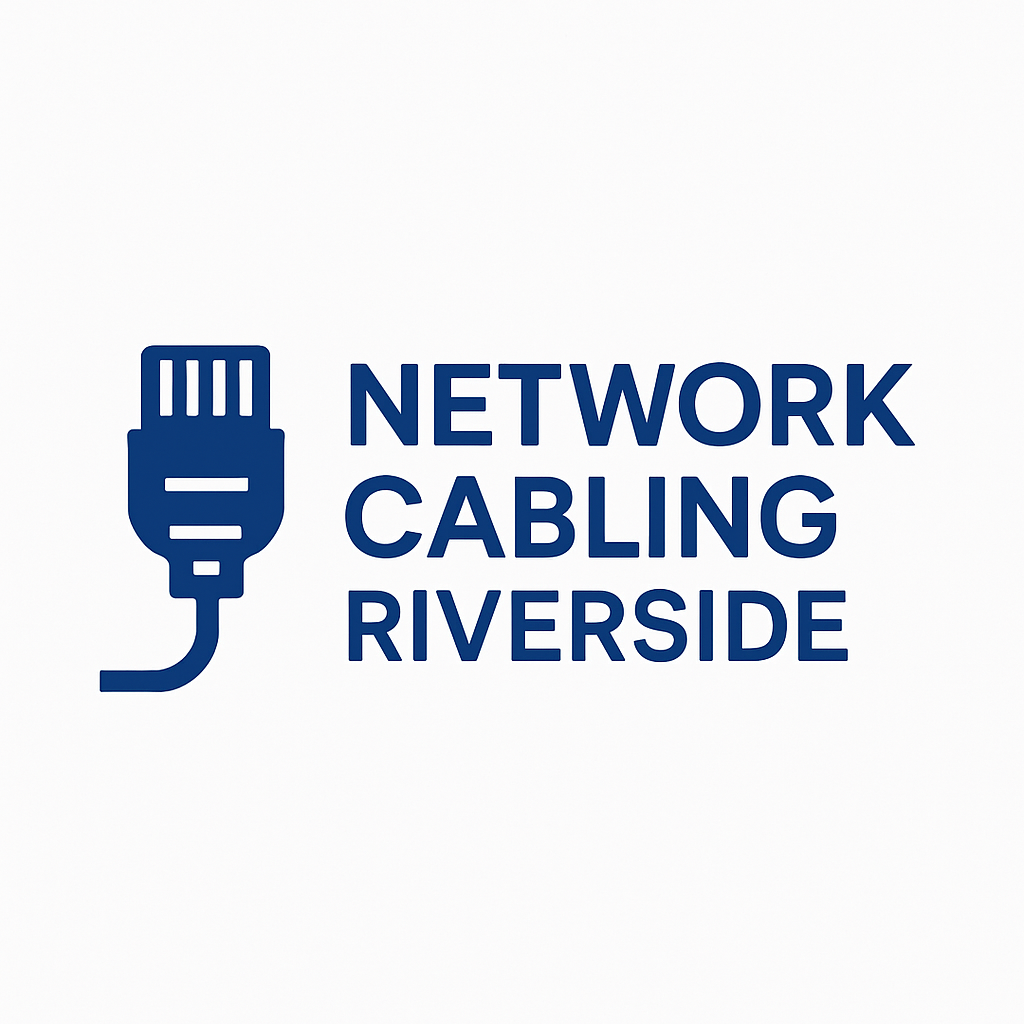Common Network Installation Mistakes in Riverside, CA and How to Avoid Them
Installing a network in any office or home environment can be a complex process, and even experienced technicians can make mistakes. In Riverside, CA, businesses and homeowners rely on networks for communication, productivity, and security. Avoiding common network installation mistakes is critical to ensure reliable performance and avoid costly downtime. In this blog, we will explore the most frequent mistakes made during network installations and provide guidance on how to prevent them.
1. Improper Cable Management
One of the most common mistakes during network installation is poor cable management. Tangled cables, improper labeling, and insufficient organization can lead to confusion, difficulty troubleshooting, and signal interference.
Tips to Avoid:
- Label each cable clearly and maintain consistent color coding.
- Use cable trays, ties, and ducts to keep cables organized.
- Avoid running cables near power lines to prevent electromagnetic interference.
2. Using the Wrong Type of Cable
Choosing the wrong type of cable can severely impact network performance. For example, using Cat5 cables instead of Cat6 or fiber optic cables in high-speed networks may limit bandwidth and create bottlenecks.
Tips to Avoid:
- Assess the network’s speed requirements before selecting cable types.
- Use shielded cables in environments with high interference.
- Ensure cables are rated for the desired distance to maintain signal quality.
3. Poor Network Design
Rushing into network installation without a proper plan is a common error. A poorly designed network can result in slow speeds, frequent downtime, and difficulty scaling in the future.
Tips to Avoid:
- Map out the network layout before installation.
- Consider future growth and scalability when designing the network.
- Include redundancy where possible to prevent single points of failure.
4. Incorrect Device Configuration
Improper configuration of routers, switches, and access points can prevent devices from communicating effectively, causing network instability.
Tips to Avoid:
- Configure devices according to manufacturer guidelines.
- Implement proper IP addressing schemes and subnetting.
- Regularly test devices to ensure they are functioning correctly after installation.
5. Overlooking Security Measures
Network security is often overlooked during installation. Unsecured networks are vulnerable to unauthorized access, data breaches, and malware attacks.
Tips to Avoid:
- Change default usernames and passwords on all devices.
- Enable firewalls and secure encryption protocols.
- Segment networks to protect sensitive information from unauthorized users.
6. Neglecting Documentation
Without proper documentation, troubleshooting and future upgrades become challenging. Documentation should include diagrams, IP addresses, and device information.
Tips to Avoid:
- Create and maintain a network diagram.
- Record device configurations and credentials securely.
- Update documentation whenever changes are made to the network.
7. Ignoring Environmental Factors
Installing networking equipment in inappropriate locations can lead to performance issues. Heat, dust, and physical obstructions can damage devices or reduce signal strength.
Tips to Avoid:
- Place equipment in a well-ventilated area.
- Avoid exposure to direct sunlight, moisture, or dust.
- Ensure access points are strategically located for optimal coverage.
8. Failing to Test the Network
Skipping network testing is a frequent oversight. Without testing, issues such as slow speeds, signal interference, or hardware failures may go unnoticed.
Tips to Avoid:
- Conduct speed and connectivity tests after installation.
- Test both wired and wireless connections thoroughly.
- Perform stress tests to simulate peak usage conditions.
Conclusion
Avoiding these common network installation mistakes is essential for creating a reliable, secure, and high-performing network in Riverside, CA. Proper planning, attention to detail, and adherence to best practices can save time, reduce costs, and ensure the network meets current and future needs. Whether installing a network for a small office or a large enterprise, following these guidelines will result in a stronger, more efficient system.
